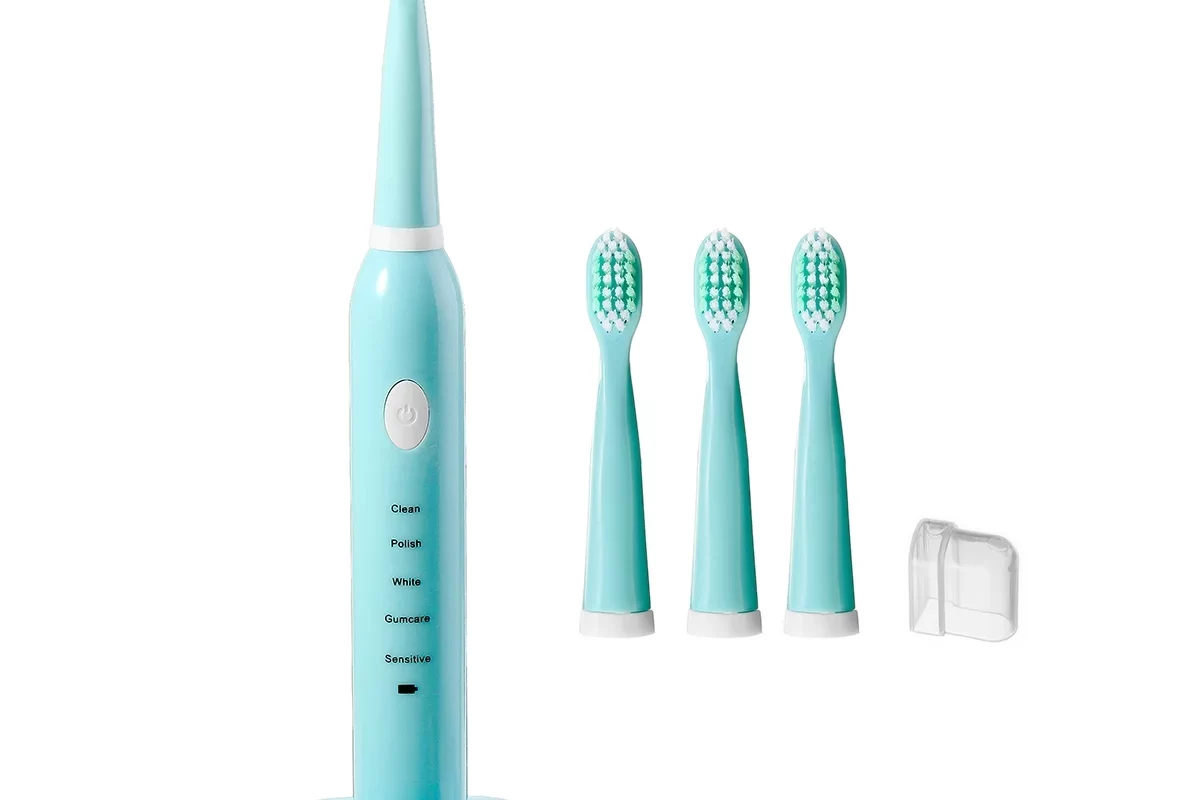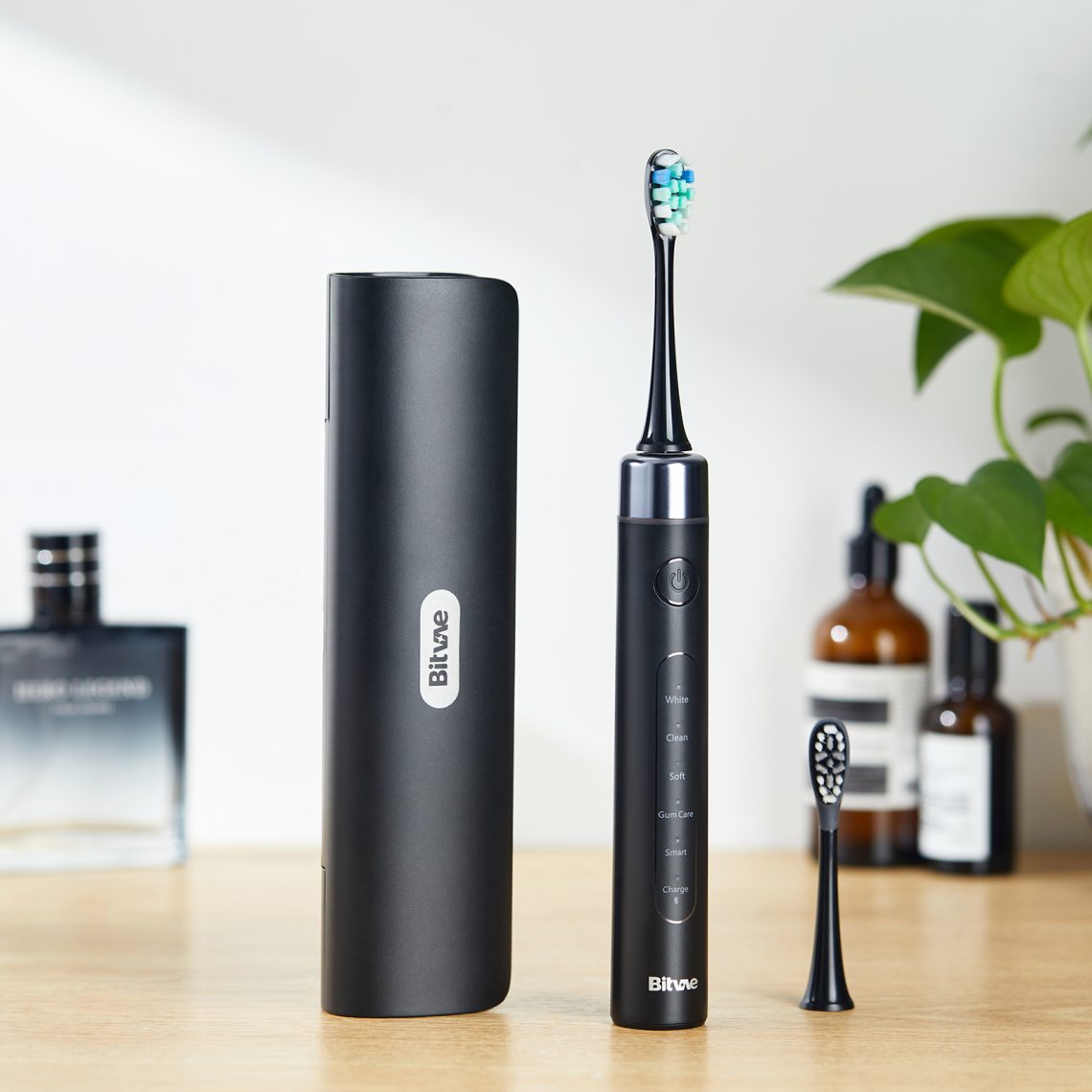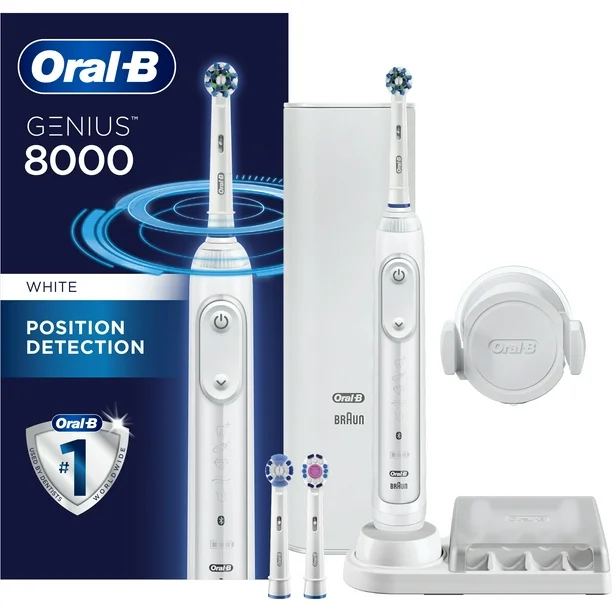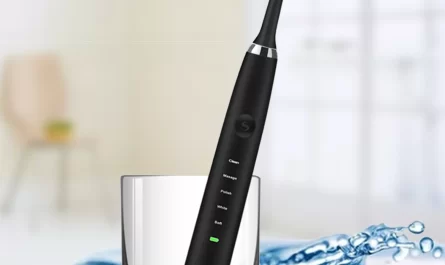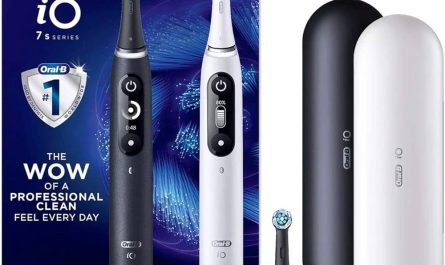Electric toothbrushes have gained immense popularity for their efficiency in maintaining oral hygiene. They promise better plaque removal, easier handling, and a modern edge to dental care routines. However, questions arise about their safety, leading many to wonder: Can an electric toothbrush damage teeth? This article delves into the potential risks and benefits of using electric toothbrushes, providing insights into proper usage, precautions, and expert opinions.
Understanding the Mechanism
Electric toothbrushes operate through oscillating, rotating, or vibrating bristle movements, differing from the manual scrubbing motion of traditional toothbrushes. The motor inside an electric toothbrush generates a rapid, automated movement, capable of more brush strokes per minute than human hands could achieve with a manual brush.
These automated motions are designed to enhance cleaning efficiency. The high-speed bristle movement effectively dislodges plaque and food particles, reaching areas that might be challenging with a manual toothbrush. Models with timers ensure users brush for the recommended two minutes, promoting thorough cleaning.
However, the potent cleaning power of electric toothbrushes also raises concerns. The high-speed bristle action, if used improperly, could potentially lead to tooth damage or gum irritation.
Understanding the mechanism of electric toothbrushes helps contextualize their benefits and potential risks, setting the stage for a more detailed exploration of their impact on dental health.
Potential Risks: Enamel Erosion
One of the main concerns about electric toothbrushes is their potential to cause enamel erosion. Enamel, the outermost layer of the tooth, is crucial for protecting the underlying dentin and pulp. It’s also the hardest substance in the human body but is by no means invincible.
Excessive force or improper brushing techniques with an electric toothbrush can wear down enamel over time. The high-speed movements designed to clean effectively can, when combined with excessive pressure, result in abrasion of the tooth surface.
Enamel erosion can lead to increased tooth sensitivity, discoloration, and susceptibility to cavities. Unlike other tissues in the body, enamel does not regenerate, making any damage permanent.
It’s crucial to use gentle pressure when brushing with an electric toothbrush. Many modern electric toothbrushes come with pressure sensors to alert users if they’re brushing too hard, helping to mitigate the risk of enamel erosion.
Effects on Gums
Electric toothbrushes can also impact the gums, both positively and negatively. Proper use can significantly improve gum health by effectively removing plaque and reducing gingivitis. The automated bristle movements stimulate the gums, encouraging better blood circulation.
However, improper use can lead to gum damage. Using an electric toothbrush with excessive force or brushing incorrectly can irritate the gums, potentially causing recession. Gum recession occurs when the gum tissue pulls away from the tooth, exposing the root. This not only affects the appearance of the teeth but also increases the risk of root decay and tooth sensitivity.
Brushing too aggressively, especially with the powerful action of an electric toothbrush, can exacerbate these issues. Soft bristles and a gentle approach are recommended to safeguard gum health while still achieving effective cleaning.
Knowing how to use an electric toothbrush correctly and being mindful of gum health can help prevent potential damage and ensure the full benefits of electric brushing are realized.
Importance of Proper Brushing Technique
Proper brushing technique is paramount in preventing damage to teeth and gums when using an electric toothbrush. Unlike manual toothbrushes, electric toothbrushes require minimal pressure and different handling.
Place the toothbrush at a 45-degree angle to the gums, allowing the bristles to reach both the surface of the teeth and the gum line. Move the toothbrush slowly across the teeth, letting the bristles do the work. Avoid scrubbing or applying too much pressure, as the motorized action will handle the cleaning.
Most electric toothbrushes have built-in timers to ensure you brush for the recommended two minutes, with 30 seconds dedicated to each quadrant of your mouth. Following these timing cues can enhance your brushing routine and ensure even, thorough cleaning.
Some advanced models feature multiple cleaning modes, including sensitive settings for gentle brushing. Utilizing these options can further help prevent damage and tailor the brushing experience to your specific needs.
Understanding and implementing the correct brushing technique with an electric toothbrush can significantly reduce the risk of damage and maximize oral health benefits.
Role of Bristle Type
The type of bristles used in an electric toothbrush plays a significant role in its impact on dental health. Bristles vary in softness, size, and shape, each influencing the brushing experience.
Soft bristles are generally recommended by dental professionals, as they effectively clean teeth while being gentle on enamel and gums. Medium and hard bristles, although more effective at removing plaque for some users, carry a higher risk of damaging the enamel and causing gum abrasion.
Electric toothbrushes often come with replaceable heads, allowing you to choose the type that best suits your oral health needs. Opting for soft-bristled heads and replacing them every three months—or sooner if the bristles appear frayed—maintains their effectiveness and prevents potential harm.
Some electric toothbrushes also offer specialty heads designed for sensitive teeth, whitening, or interdental cleaning. Picking the right bristle type and head for your dental needs is crucial in preventing damage and ensuring effective plaque removal.
Careful consideration of bristle type and replacement frequency enhances the safety and efficacy of electric toothbrushes, helping maintain healthy teeth and gums.
Dental Experts’ Opinions
Dental experts generally support the use of electric toothbrushes for their effective cleaning capabilities but emphasize proper usage to avoid potential damage.
Most dentists agree that electric toothbrushes are superior to manual ones in plaque removal and reducing gum disease when used correctly. The consistent, automated motions help ensure a thorough clean, which can be particularly beneficial for individuals with limited manual dexterity or dental appliances like braces.
However, experts caution against using excessive force. Pressure sensors and gentle brushing techniques are highly recommended to prevent enamel erosion and gum irritation. Dental professionals also stress the importance of regular dental check-ups to monitor the impact of any brushing routine on oral health.
Pediatric dentists often recommend electric toothbrushes for children, as the fun design and ease of use can encourage better oral hygiene practices. However, supervision is necessary to ensure they are used correctly and safely.
Dental experts’ insights provide valuable guidance in maximizing the benefits of electric toothbrushes while minimizing risks, underscoring the importance of technique and care in their use.
Benefits Outweighing Risks
Despite potential risks, the benefits of using an electric toothbrush often outweigh these concerns. When used properly, electric toothbrushes offer numerous advantages for maintaining optimal oral health.
Electric toothbrushes excel in plaque removal, a critical factor in preventing cavities and gum disease. The rapid bristle movements more effectively clean at the gum line and between teeth than manual brushing. Time-saving features like built-in timers and multiple cleaning modes enhance their effectiveness and convenience.
Many users find electric toothbrushes easier to use, especially those with conditions affecting hand movement, such as arthritis. The reduced manual effort required makes it easier to achieve a thorough clean.
Furthermore, the ability to customize the brushing experience with various brush heads and settings allows for personalized oral care, addressing specific issues like sensitivity or whitening.
While there are potential risks if used incorrectly, the comprehensive benefits of electric toothbrushes for oral hygiene make them a valuable tool, provided they are used with proper technique and care.
Choosing the Right Electric Toothbrush
Selecting the right electric toothbrush can significantly influence its effectiveness and safety. Consider features, personal dental needs, and expert recommendations when making your choice.
Look for electric toothbrushes with soft bristles and pressure sensors. These features are crucial for minimizing the risk of enamel erosion and gum damage. Built-in timers can ensure you brush for the recommended amount of time, promoting thorough cleaning.
Customizable settings and multiple brush heads offer versatility. Sensitive mode settings and specialized brush heads can cater to individual dental needs, ensuring a gentle yet effective brushing experience.
Reading reviews and seeking recommendations from dental professionals can help identify reliable brands and models. Investing in a high-quality electric toothbrush might have a higher upfront cost but can provide better long-term oral health benefits.
Choosing the right electric toothbrush tailored to your oral health needs can help you harness its benefits while mitigating potential risks.
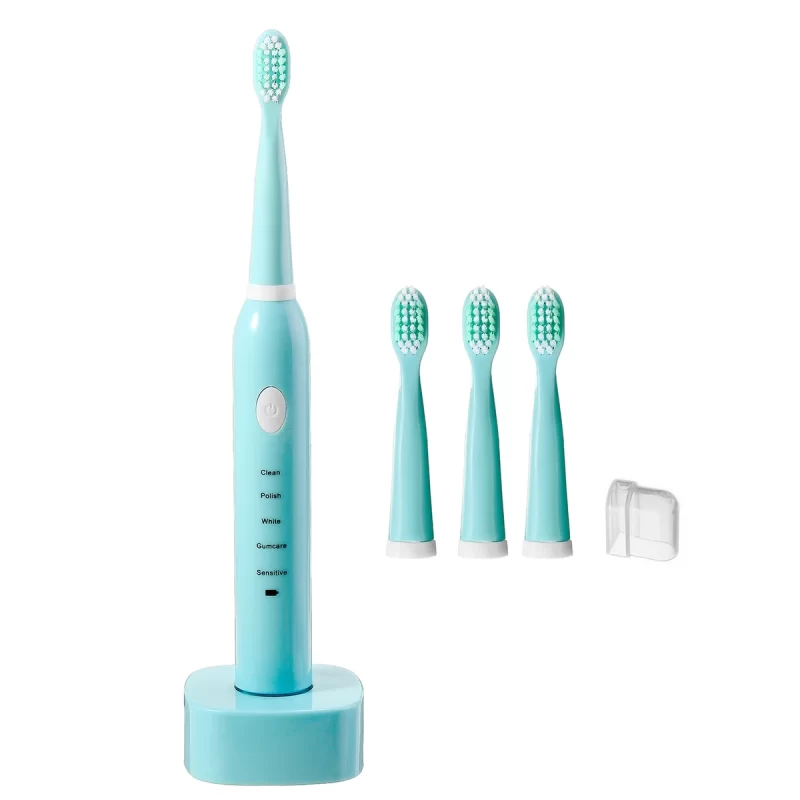 Real-World User Experiences
Real-World User Experiences
Real-world user experiences provide practical insights into the daily use of electric toothbrushes, highlighting both benefits and potential issues.
Many users report significantly improved oral health since switching to electric toothbrushes. Common benefits cited include whiter teeth, reduced plaque, and fresher breath. The automated brushing action and built-in features like timers often lead to better brushing habits.
However, some users encounter initial challenges. Adjusting to the vibrations and finding the right technique takes time. A small percentage of users report gum sensitivity or enamel wear, usually attributed to improper use or excessive pressure.
The majority of users find the benefits of electric toothbrushes outweigh initial challenges. They often emphasize the importance of selecting the right brush head and maintaining a consistent, gentle brushing technique.
Real-world experiences underline the value of electric toothbrushes in enhancing oral hygiene while also highlighting the necessity of proper use.
Conclusion
So, can an electric toothbrush damage teeth? The answer largely depends on how the device is used. While improper usage can lead to enamel erosion and gum irritation, the benefits of an electric toothbrush often outweigh these risks when used correctly. Proper brushing techniques, selecting the right bristle types, and utilizing safety features like pressure sensors can mitigate potential damage. With ongoing innovations and expert recommendations, electric toothbrushes remain a valuable tool for maintaining optimal oral hygiene, provided users are informed and mindful of their brushing habits.

